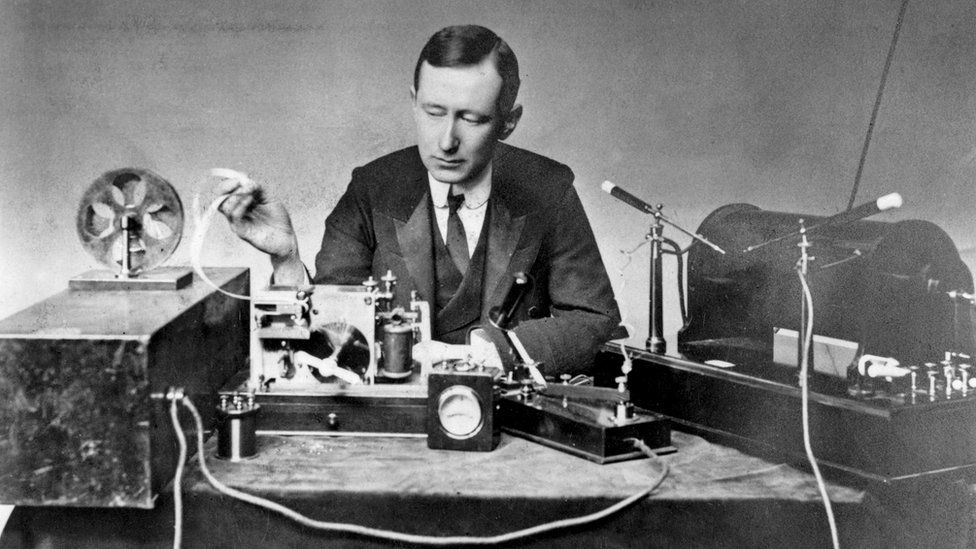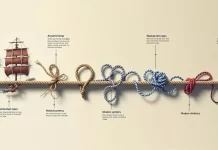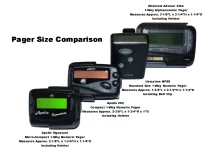The History of The first Radio, In modern society, radios are common technology in the car and in the home. In fact, in today’s world one would be hard pressed to find anyone who has not heard of, seen, or used a radio during his or her life, regardless of how old or young they may be. This was not always the case, however. Before the 19th century, wireless radio communication in everyday life was a thing of fantasy. Even after the development of the radio in the late 1800s, it took many years before radios went mainstream and became a household fixture. The history of the radio is a fascinating one that changed how the world connected and communicated from distances both far and near.

While the radio enjoys a long and interesting history, its earliest beginnings are still quite controversial. There’s some debate as to who actually invented the radio. While we may not know with certainty who put together the first radio device, we do know that in 1893 the inventor Nikolai Tesla demonstrated a wireless radio in St. Louis, Missouri. Despite this demonstration, Guglielmo Marconi is the person most often credited as the father and inventor of the radio. It was Marconi that was awarded the very first wireless telegraphy patent in England in the year 1896, securing his spot in radio’s history. A year later, however, Tesla filed for patents for his basic radio in the United States. His patent request was granted in 1900, four full years after Marconi’s patent was awarded. Regardless of who created the very first radio, on December 12, 1901, Marconi’s place in history was forever sealed when he became the first person to transmit signals across the Atlantic Ocean.
Before and During World War I
Prior to the 1920s, the radio was primarily used to contact ships that were out at sea. Radio communications were not very clear, so operators typically relied on the use of Morse code messages. This was of great benefit to vessels in the water, particularly during emergency situations. With World War I, the importance of the radio became apparent and its usefulness increased significantly. During the war, the military used it almost exclusively and it became an invaluable tool in sending and receiving messages to the armed forces in real time, without the need for a physical messenger.
Radio and the 1920s
In the 1920s, following the war, civilians began to purchase radios for private use. Across the U.S. and Europe, broadcasting stations such as KDKA in Pittsburgh, Pennsylvania and England’s British Broadcasting Company (BBC) began to surface. In 1920, the Westinghouse Company applied for and received a commercial radio license which allowed for the creation of KDKA. KDKA would then become the first radio station officially licensed by the government. It was also Westinghouse which first began advertising the sale of radios to the public. While manufactured radios were finding their way into the mainstream, home-built radio receivers were a solution for some households. This began to create a problem for the manufacturers who were selling pre-made units. As a result, the Radio Corporation Agreements, RCA, was sanctioned by the government. Under RCA, certain companies could make receivers, while other companies were approved to make transmitters. Only one company, AT&T, was able to toll and chain broadcast. It was AT&T that, in 1923, released the first radio advertisement. In the late 20s, CBS and NBC were created in response to AT&T being the sole station with rights to toll broadcasting.
In Britain, radio broadcasts began in 1922 with the British Broadcasting Company, or BBC, in London. The broadcasts quickly spread across the UK but failed to usurp newspapers until 1926 when the newspapers went on strike. At this point the radio and the BBC became the leading source of information for the public. In both the U.S. and the U.K. it also became a source of entertainment in which gathering in front of the radio as a family became a common occurrence in many households.
World War II and Changes Following the War
During World War II, the radio once again fulfilled an important role for both the U.S. and the U.K. With the help of journalists, radio relayed news of the war to the public. It was also a rallying source and was used by the government to gain public support for the war. In the U.K. it became the primary source of information after the shut-down of television stations. The way in which radio was used also changed the world after World War II. While radio had previously been a source of entertainment in the form of serial programs, after the war it began to focus more on playing the music of the time. The “Top-40” in music became popular during this period and the target audience went from families to pre-teens up to adults in their mid-thirties. Music and radio continued to rise in popularity until they became synonymous with one another. FM radio stations began to overtake the original AM stations, and new forms of music, such as rock and roll, began to emerge.
The Present and Future of Radio
Today, radio has become much more than Tesla or Marconi could have ever imagined. Traditional radios and radio broadcasting have become a thing of the past. Instead, radio has steadily evolved to keep up with current technology, with satellite and streaming internet stations gaining popularity. Radios are found not only in homes, but they are also a staple in vehicles. In addition to music, radio talk shows have also become a popular option for many. On the two-way radios front, newer digital two-way radios allow for one-to-one communication that is typically encrypted for improved security. Short-range radios have improved communications at worksites and handheld radios have become essential in sports, television production and even commercial airline operations.






